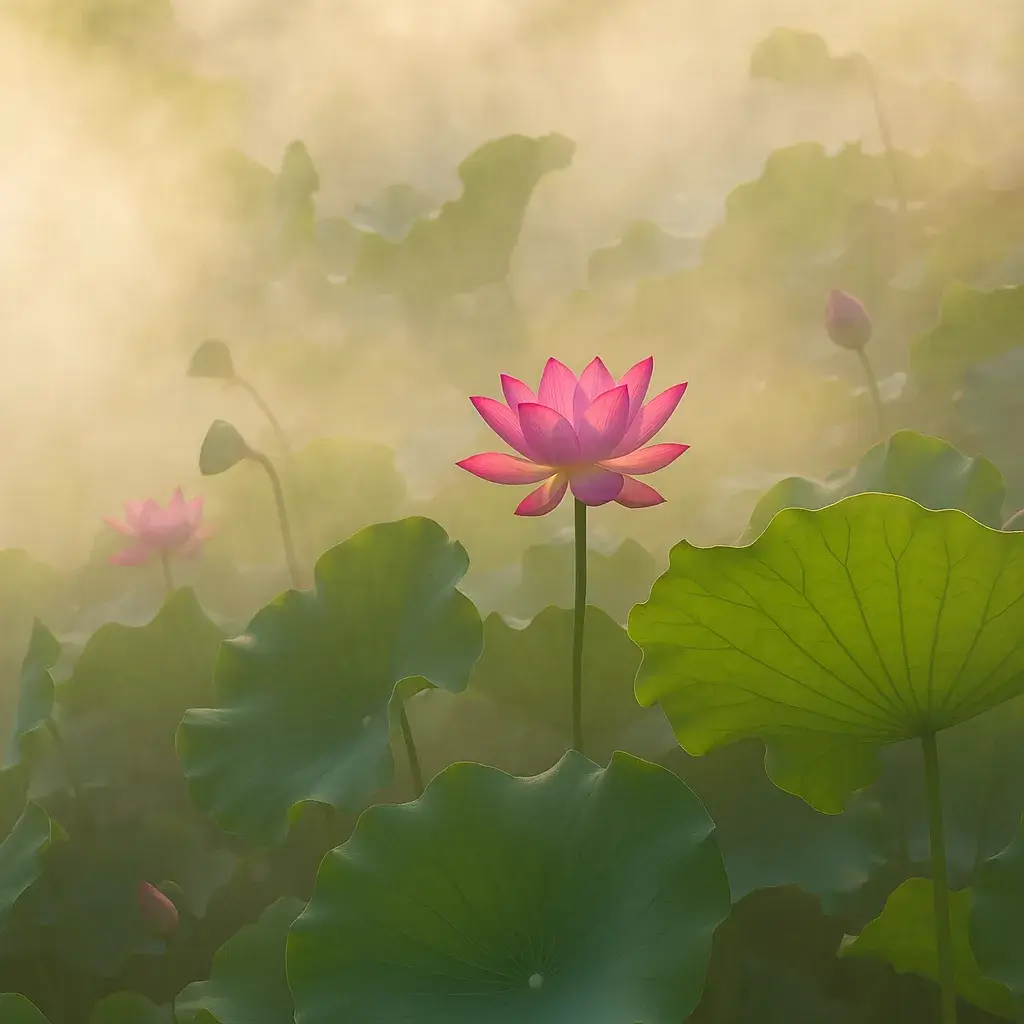Academy
Applying the Daoist Healing Arts
Understanding something and actually living it are two very different things. You can read all the books, watch all the videos, and have all the insights—but if you don’t put what you learn into practice, nothing really changes.
Healing isn’t about collecting knowledge. It’s about applying it, experimenting with what works for you, and slowly rewiring the patterns that are keeping you stuck. That’s what this section is about—taking the principles of both trauma theory and Daoist healing and actually using them in your daily life.
Healing Happens in the Body, Not Just the Mind
If you’ve been stuck in cycles of anxiety, exhaustion, chronic pain, or emotional numbness, you’ve probably tried mindset shifts, therapy, or self-help strategies that make total sense logically—but don’t seem to translate into real change.
That’s because healing isn’t just an intellectual process. Trauma, stress, and emotional pain aren’t stored in your thoughts—they’re wired into your nervous system, your breath, your muscles, your digestion, your posture, your energy.
Daoist healing is about working with your body’s intelligence. Instead of trying to “fix” yourself through willpower alone, you learn how to shift things at a deeper level—through breath, movement, awareness, and rhythm.
The Four Disciplines: Your Tools for Change
Daoist healing isn’t one-size-fits-all. It’s not about following a strict routine or forcing yourself into a rigid structure. It’s about experimenting with different tools and seeing what clicks.
Here’s how you can start applying the Four Disciplines in ways that actually make a difference:
Contemplative Studies – Train Your Awareness
- Meditation, journaling, and self-inquiry help you step back from reactive patterns and see what’s really going on.
- These practices regulate your nervous system, help process stuck emotions, and give you the mental space to respond differently instead of being pulled into old habits.
- If you feel constantly overwhelmed, emotionally flooded, or caught in spirals of anxiety, starting with simple breathwork or mindfulness practices can help create stability.
Exercise & Movement – Get Unstuck
- Trauma and stress don’t just live in your thoughts—they live in your body. If you feel stuck, tense, or disconnected, movement is one of the fastest ways to create change.
- Qi Gong, Tai Chi, and other movement-based practices aren’t about “working out”—they’re about moving energy, unlocking stored tension, and restoring a sense of flow.
- If you tend to feel sluggish, foggy, or emotionally shut down, incorporating movement can help shake things loose and get your energy flowing again.
Diet & Nutrition – Fuel Your Healing
- What you eat (and how you eat) directly affects your mood, energy, and ability to heal.
- Daoist nutrition isn’t about rigid diets—it’s about understanding the energetics of food, eating in sync with natural cycles, and nourishing your body in a way that supports balance.
- If you struggle with chronic fatigue, digestive issues, or mood swings, shifting your diet to better support your energy flow can be a game-changer.
Time & Cycles – Work with Natural Rhythms
- Your body isn’t meant to function the same way all the time. There are natural cycles—daily, seasonal, and life-stage rhythms—that impact your energy and healing process.
- Instead of pushing through exhaustion, ignoring your body’s cues, or trying to heal on someone else’s timeline, this discipline helps you align with the natural flow of change.
- If you feel like you’re constantly fighting against yourself, learning to work with these rhythms can create a profound sense of ease and sustainability in your healing journey.
Bridging Daoist & Western Healing Approaches
Daoist healing doesn’t have to replace anything else you’re doing—it’s not about choosing this over therapy, medicine, or any other practice. It’s about integration.
The Western model tends to break things down into parts—separating mental health from physical health, emotions from biology. Daoism sees everything as connected. When you bring both perspectives together, you get a fuller picture of what’s actually happening inside you.
This section of the site will help you apply Daoist healing principles in a way that makes sense for your life—whether that means integrating them with therapy, medical treatments, or other wellness practices you’re already using.
Where to Go from Here
Healing isn’t about overhauling your life overnight. It’s about making small, intentional shifts that actually stick. Here’s where you can start:
- Integration & Treatment Principles – Learn how to combine these perspectives in a way that works for you.
- Wellness Approaches – Discover practical ways to manage stress, restore balance, and cultivate long-term resilience.
- Applying the Four Disciplines – Get specific, hands-on guidance for using meditation, movement, nutrition, and cyclical living in your daily life.
- Addressing Trauma Impacts – Explore targeted strategies for healing nervous system dysregulation, attachment wounds, identity struggles, and chronic health issues.
You don’t have to have everything figured out right now. Just start where you are, experiment, and see what resonates. The more you apply these principles, the more they become a part of you—and the more real change you’ll start to see.
Below are some posts to get you started.





